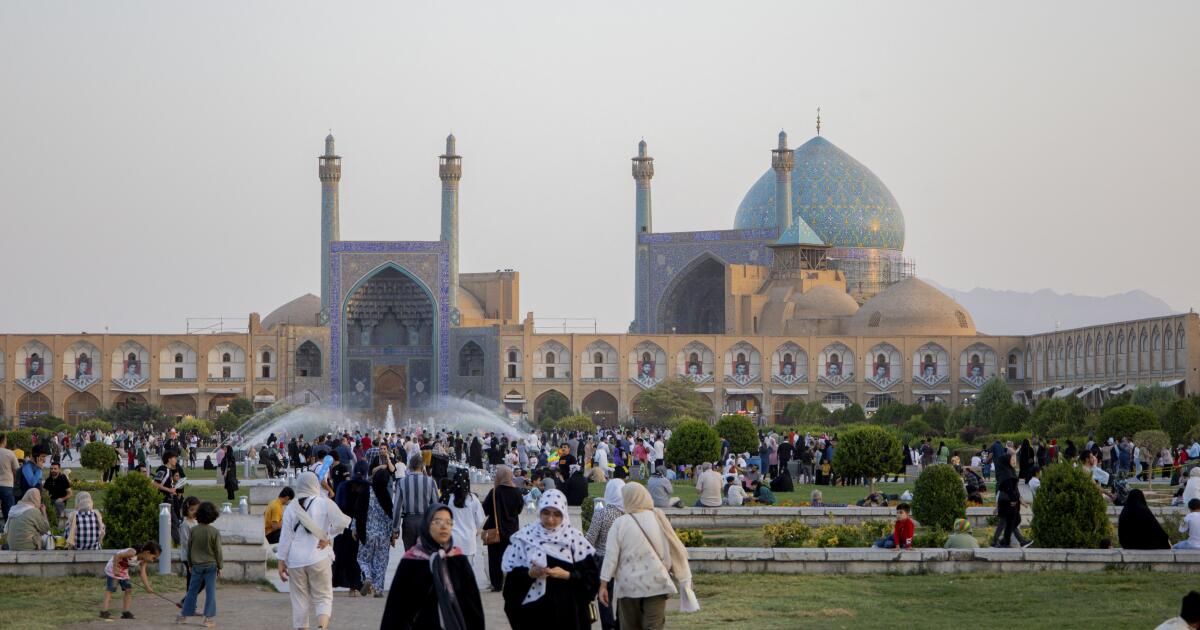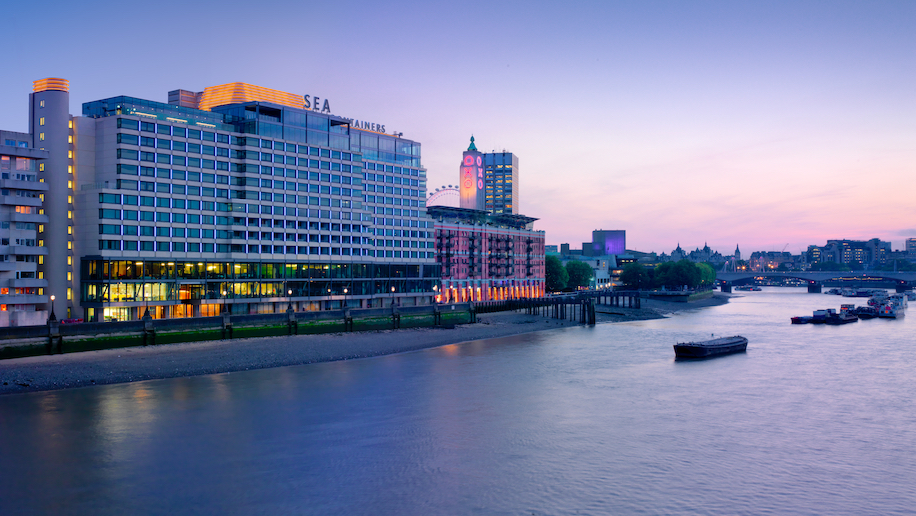While military strategists rush to learn the damage caused by American bombs and missiles in Iran, many academics and Iranians wonder what this means for the people and architectural treasures of Isfahan.
The Isfahan area, which includes one of the three Iranian nuclear sites to which the United States attacked on Saturday, also houses one of the most historical cities in the country, full of reference points of the Persia years as a regional power in the seventeenth century.
Isfahan “is considered a kind of treasure, as a vestige of a different Iran,” said Jasmin Darznik, who spent part of his childhood in Iran before becoming a novelist and president of the MFA writing program in California College of the Arts in San Francisco. “I think people have a very special feeling about the place.”
The city's architecture includes intricately mosques, several majestic bridges and an extensive square that has been appointed World Heritage by UNESCO. American and Israeli military leaders focus on the Nuclear complex 14 miles east of Isfahan and the 2.2 million people in the city, but the list of cultural assets is also long.
A UNESCO report recently indicated that the leaders of the seventeenth -century region “established the colorful mosaic as the most outstanding characteristic of Iranian architecture, and this decorative style reached its zenith in Isfahan.”
Among the reference points:
NAQSH-E JAHAN SQUARE is the world's second largest public square, surpassed only by Tiananmen square in Beijing.
(Kaveh Kazemi / Getty Images)
Naqsh-e Jahan Square, also known as Shah Square and Imam Square, was presented Between 1598 and 1629Its wide central area surrounded by mosques, palaces and the Isfahan bazaar. The open space has approximately 1,800 feet long and approximately 520 feet wide, which seems to make it the largest public square in the world, surpassed only by the Tiananmen square in Beijing.
The Masjed-e Jāmé, also known as the Jāmé Mosque or the Great Mosque of Isfahan, was designated by a Unesco World Heritage site in 2012. It goes back to the year 841, its reasons that show how Islamic architecture has evolved more than 12 centuries. Is The oldest Friday mosque (congregational) In Iran.
The SI-O-SE Bridge, also known as the 33 arches bridge, It began in 1599 and was completed in 1602. Illuminated at night, houses tea houses on its lower deck and has served as a meeting place for generations. With 977 feet long, it is the largest of 11 historical bridges that cover the Zayandeh River.

The Khaju bridge is often announced as Isfahan's most beautiful bridge.
(Rasoul Shojaei / Irna / AFP through Getty Images)
The Khaju bridge is younger and shorter than the Pol Si-O-se, but is often invoiced as Isfahan's most beautiful bridge. It was built around 1650 and made of stone and bricks with tile work on their arches. It has approximately 449 feet long.
When the United States entered the war between Israel and Iran, the military authorities of the United States told the New York Times that attacked Iranian sites in Fordo and Natanz with bombs “Bunker Buster” and Isfahan with missiles from a submarine. Until midday, CNN reported 18 structures destroyed or damaged in the ISFAHAN nuclear complex outside the city, which was built in 1984 and it is believed to use 3,000 scientists, which makes it the largest nuclear nuclear research complex in Iran.

This satellite image shows Isfahan's nuclear facilities in Iran after attacks.
(Maxar Technologies / Associated Press)
There were no damage or low reports in the center of Isfahan.
Much of the city dates back to the Safavid dynasty, which lasted uninterrupted from 1501 to 1722. During the peak years of the dynasty, the Safavids had power over what Iran now, Azerbaijan, Bahrain and Armenia, together with parts of Georgia, Russia, Iraq, Kuwait, Afghanistan, Türkiye and other countries.
The leader for many of those years Pico was King Abbas I, also known as Abbas The Great, who assumed power at age 16, ruled from 1587 to 1629, chose Isfahan as the capital of his empire and effectively Valued the silk route To include the city. While Shakespeare wrote plays in England and Caravaggio was painting in Italy, Isfahan's reference points were taking shape and, thanks to the silk route, Persian carpets began to appear in the houses of rich Europeans.
Towards the end of his mandate, nervous about the succession, Abbas, they killed one of his children and two blinded. Even so, the family dynasty continued for another century. Once the dynasty fell, Isfahan lost its status as the capital of Persia, but retained its reputation for beauty.












